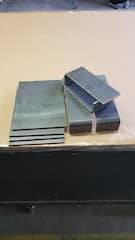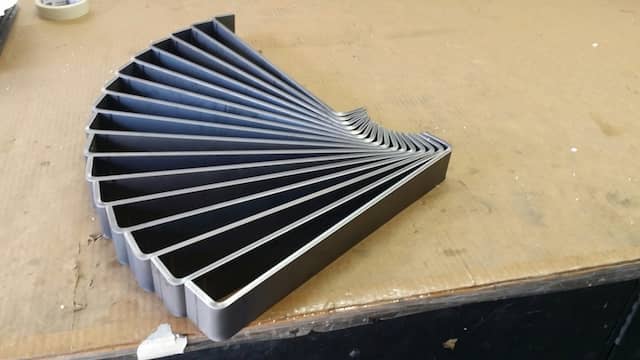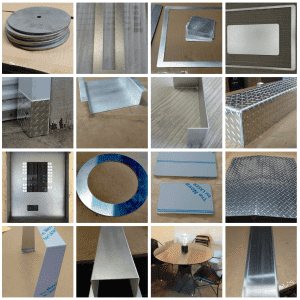What You Need To Know About Cold Rolled Steel
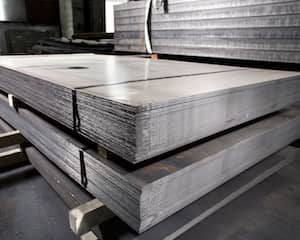
When it comes to choosing a steel grade, you may want to know some characteristics of cold-rolled steel. While cold rolled Carbon Steel is very commonly used you still want to choose the right grade for your project. project.
What Is The Cold Rolled Steel?
Cold rolling is a fabrication process to fabricate large sheet metal which later is delivered to the metal fabricator you would hire. The sheet metal forming process is done by introducing the metal between rollers which will squeeze and compress the metal into the desired sheet metal size and thickness. This process is done by temperature which is about room temperature to gain and to increase the strength and hardness of the steel. The process follows as mentioned:
At room temperature, a steel sheet is passed through two or more rollers. The rollers decrease the thickness of the steel sheet and increase the strength and hardness. The main important thing is the sheet does not lose its ductility. This means that the end product is not prone to cracking or forming. This is the main difference to hot rolled steel.
Cold Rolled Steel Properties:
One of the most important properties is the high strength. The cold-rolling process increases the strength of the steel by 20%. It is preferred in mechanical applications as it is highly resistant to denting.
Furthermore, it also has high formability which makes it ideal even if you need to bend the steel sheet to a certain shape such as a bracket, u-channel, or z-channel. Also, it has excellent magnetic properties too. It makes it a preferred alloy for a wide range of industrial and domestic applications.
Enameling and color-coding cold rolled steel is possible. In fact, it is recommended as steel will corrode over time. By putting a protective layer of paint coating on it, the life of the metal will be increased to a great extent.
ASTM A1008 Carbon Steel:
One of the most favored cold-rolled steel grades is ASTM A1008 Carbon Steel which is widely used in industrial as well as domestic applications. It is a low-carbon and high-strength steel-alloy sheet metal with excellent formability. It also has superior surface texture and flatness. It can be used in exposed applications as it has a matte finish surface. To prevent rust you can oil the surface or but paint on it.
Main Applications:
Home And Office:
As it offers excellent strength and hardness, it is widely used as a bracket or angle for making home and office furniture, because cold-rolled steel can keep precise shapes and tolerances better than hot-rolled steel.
Industrial Products:
It is used in manufacturing engineering products that require tight tolerance levels and coated surfaces. Some of the examples are home appliances like ovens, washers, refrigerators, dryers, and so on. Also, it is used in the aircraft and automobile industry.
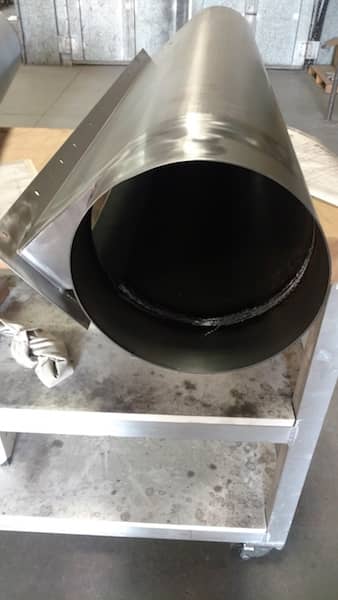
Other Applications:
It is also used in making stamped parts, shelving, and signs.
FAQ
1. Hot Rolled Steel vs Cold Rolled Steel
Hot rolled steel vs cold rolled steel: A hot rolled steel generally involves rolling the steel at high temperatures, whereas in the case of cold-rolled steel the steel is processed in cold reduction mills. In this process, the material is cooled with the help of annealing or tempers rolling.
2. What are the benefits of cold-rolled steel?
Cold rolled steel is significantly more strong than hot rolled steel. It also has smoother and fewer surface imperfections compared to other types of rolled steel.
3. What's better cold rolled steel or hot rolled steel?
Depending on your needs you can choose the rolled steel that suits your requirements the best. Both colds rolled steel and hot-rolled steel are great rolled steel materials that can be used for different purposes.
4. Cold rolled steel properties
Cold rolled steel has a tensile strength of 85,000 psi and yield strength of 45,000 psi.
Conclusion:
ASTM A1008 cold rolled steel sheet is widely used in manufacturing different industrial and domestic applications. You can hire a metal fabricator like MetalsCut4U.com for your custom carbon steel cutting, welding, or bending requirements.
Sheet Metal - we cut it - we bend it - we weld it -4U
